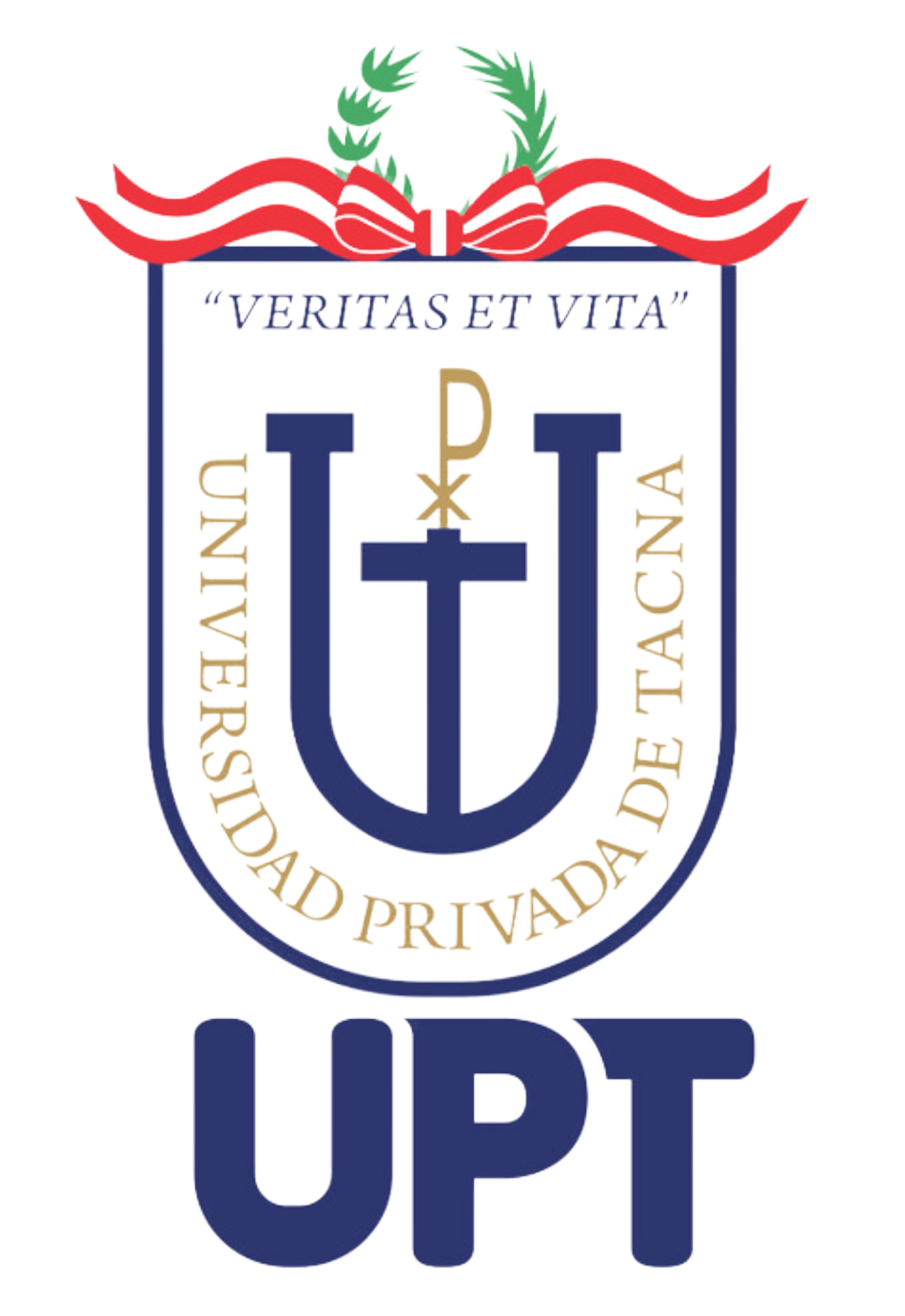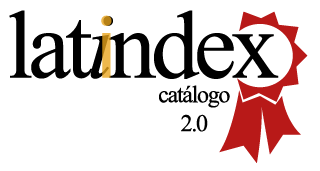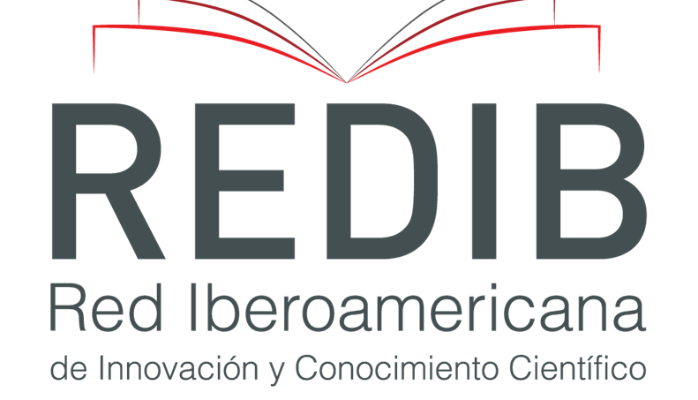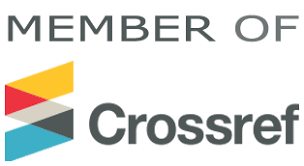Guidelines for authors
Article Submission Information
Ingeniería Investiga is a journal of scientific publications, refereed by external peers. The periodicity of the journal was biannual until 2021 and from 2022 will be continuous and the topics of publication are related to the field of engineering. The journal receives national and foreign submissions in Spanish, with English translations of the title, abstract and keywords.
About the Presentation
The article must be submitted through a request for publication addressed to the Editorial Committee of the journal. The request must be sent by one of the authors, who will be responsible for the publication process (it can be a corresponding author). The document should be attached in Microsoft Word electronic format. The presentation must include the title of the paper, the full name of the authors, type of work and affidavit signed by the authors, and a letter clarifying conflicts of interest.
Articles accepted for publication must be original, not have been published in part or in full, nor submitted for publication in another journal in print or electronic format. Authors are responsible for the material submitted.
Contents of the magazine
The journal publishes original research articles and literature reviews on topics of regional and national interest in the field of engineering. It will use the units of the International System (SI), which is based on the decimal metric system.
Sending of collaborations
Contributions will be sent through the platform where the magazine is hosted; http://revistas.upt.edu.pe/ojs/index.php/ingenieria. The reception of contributions will be permanent. From the reception of the contribution, 30 calendar days will elapse for the verdict of the Editorial Committee to be known; in that period, the authors will refrain from considering its publication in any other medium.
In a document other than the article, authors should attach the following information:
- Title of the collaboration (in the original language, Spanish and English).
- Names and surnames of the authors who participated in the creation of the manuscript.
- The main affiliation of each author, including the name of the department, department or research group and the name of the institution, e-mail address of each author separately, as well as the author for correspondence.
- ORCID code of each author, if you do not have it, you can create it at www.orcid.org.
Presentation of the work
In the article, any information that allows the identification of the authors will be omitted, both in the text and in the properties of the document in Microsoft Word.
The work must be submitted in Microsoft Word format with 1.5 line spacing in the paragraphs. The margins will be 3 cm left, 3 cm right, 2.5 cm top and 2.5 cm bottom. The font will be 12-point Calibri Light. The desirable length of the total body of the paper, including bibliographical references will be 12 to 20 pages. The work should have the following basic parts:
Identification of the article
- Title (in English and Spanish), the title should preferably not exceed 20 words and should express the actual content of the paper.
- Abstract of no longer than 200 words (in English and Spanish), 3 to 5 key words (in English and Spanish), preferably taken from the controlled vocabulary of the UNESCO thesaurus, not including quotations, abbreviations or acronyms.
Body of the article
The text of the articles should contain the following structure: Introduction, Materials and methods, Results, Discussion and Conclusions. All pages should be numbered, starting with the title page. The article does not have a footnote to clarify concepts of the content. Sub-sections should be clearly differentiated and should have titles that clearly reflect their content to facilitate reading. For numbered data and measurements, use the International System of Units (SI).
Sections for original articles
The following order shall be considered as far as possible:
- Summary and keywords in Spanish
- Summary and keywords in English
- Introduction
- Methodology
- Results
- Discussion
- Conclusions
- Bibliographic References
Sections for review articles
The following order shall be considered as far as possible:
- Summary and keywords in Spanish
- Summary and keywords in English
- Introduction
- Methods
- Results
- Discussion
- Conclusions
- Bibliographic References
Bibliographical references
- All forms of quotation should be referenced, including table credits and chart notes. Following good practice, authors should paraphrase when using outside material in any way, so there must be correspondence between quotations that appear in the body of the manuscript and the bibliographical references. Authors should consider ordering bibliographical references in alphabetical sequence and with indentation.
- The standard for the publication of academic texts proposed by the American Psychological Association (APA) in its current and recent edition will be used for in-text quotations and bibliographic references.
Tables
Tables will be numbered consecutively with Arabic numerals (Table 1, Table 2,...), they will be inserted where appropriate within the text, not at the end. They should generally display numerical values. It is essential that reference is made in the previous text before inserting them ("as shown in table 1...”), tables should not be inserted as an image, but as text for later editing. They should be written strictly according to the APA style in its current and most recent edition.
Figures
Figures (maps, charts, drawings, graphs, photos, etc.) will be numbered consecutively with Arabic numerals (Figure 1, Figure 2,...); They are inserted in the corresponding place within the previous text, not at the end, and must be sent in separate image files, in jpg or png format, with a minimum resolution of 300 dots per inch (dpi). For its creation must strictly adhere to the APA style in its current edition.
Equations
Equations (formulas, numerical models or similar) should be numbered, when inserted, they must be centered on the page and the correlative number must be put at the right margin between brackets, it is also important to make reference in the previous text before inserting them (example; "as shown in equation 1";...).
Selection Process
Papers that meet the formal requirements will be submitted to refereeing by experts according to international quality criteria. The editorial team of the journal determines whether or not the manuscript meets the general criteria described above. The journal reserves the right to make formal modifications to the original text. The accepted article will be edited and a copy will be sent to the author for acceptance and consent to publication.







